Acworth Downtown Historic District
Introduction
Text-to-speech Audio
Images
A comparison of an earlier photo taken along historic N. Main Street versus today.
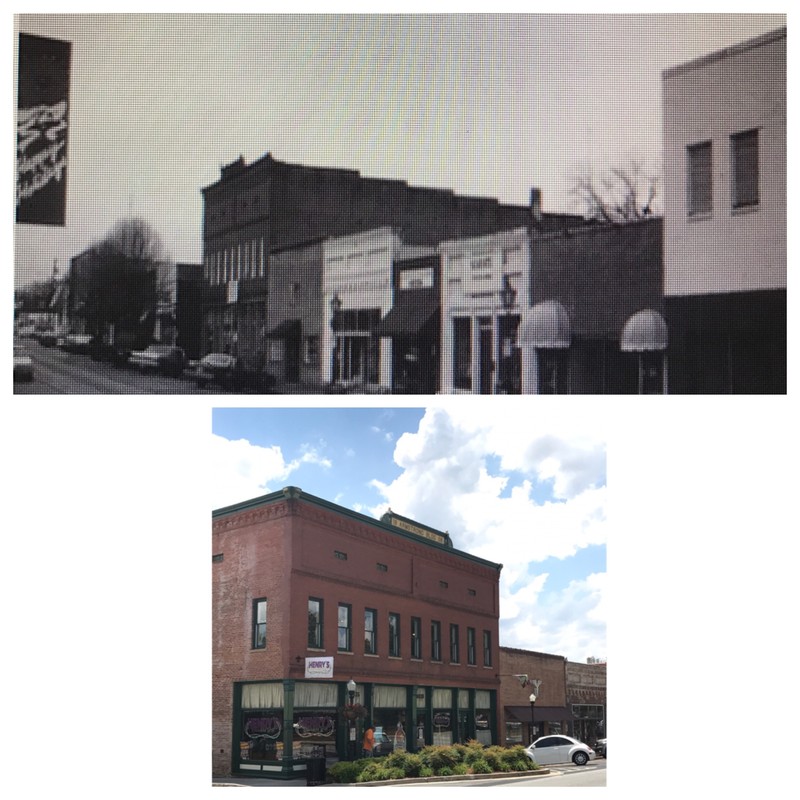
A comparison of an earlier photo taken of the Lemon House versus today.
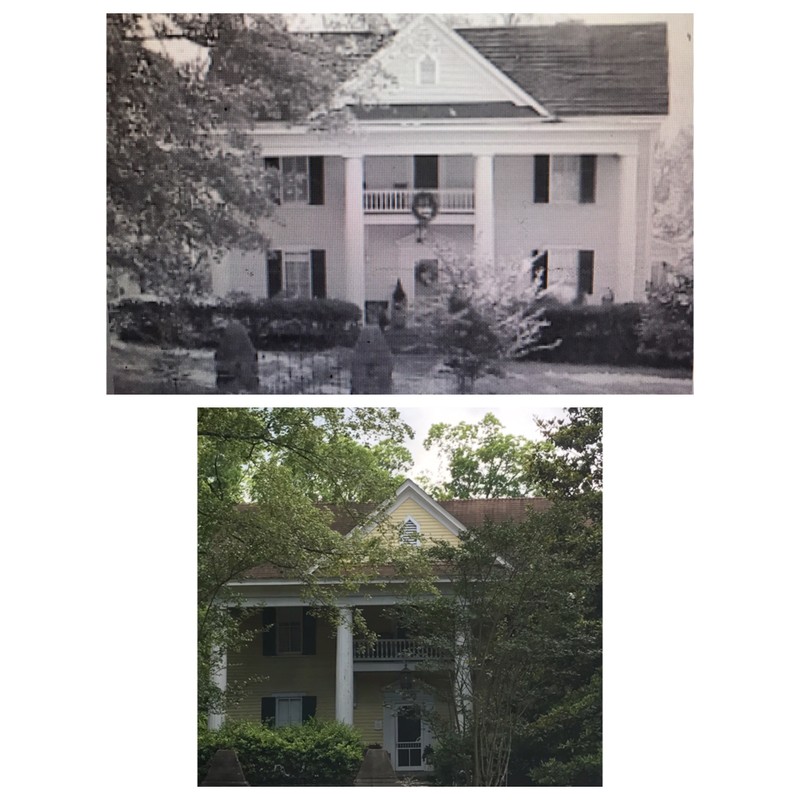
A comparison of an earlier photo taken along historic N. Main Street versus today.
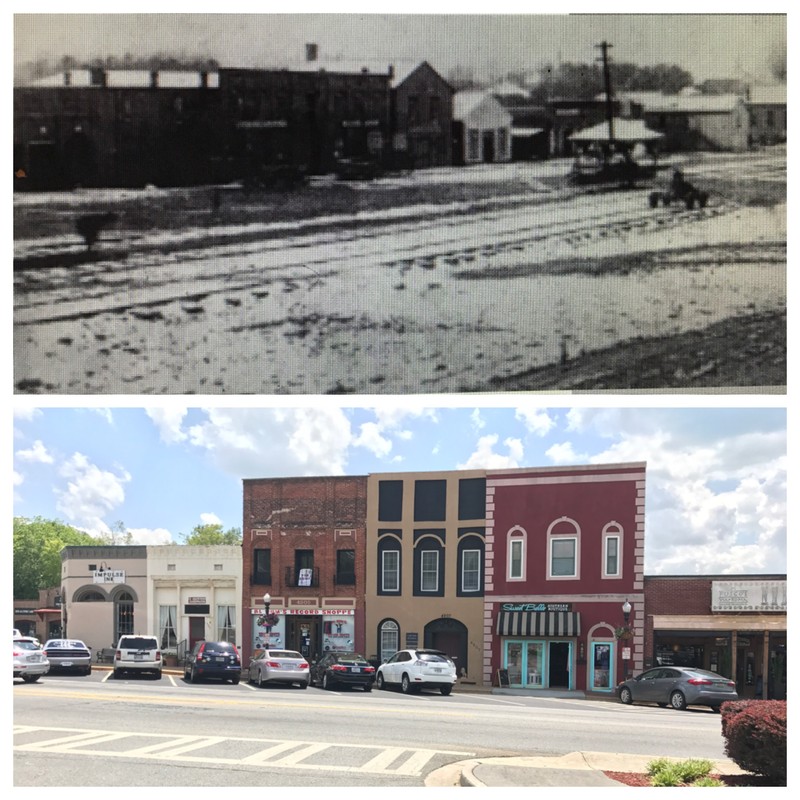
A comparison of an earlier photo taken along N. Main Street versus today.

The adjacent historic side of N. Main Street.
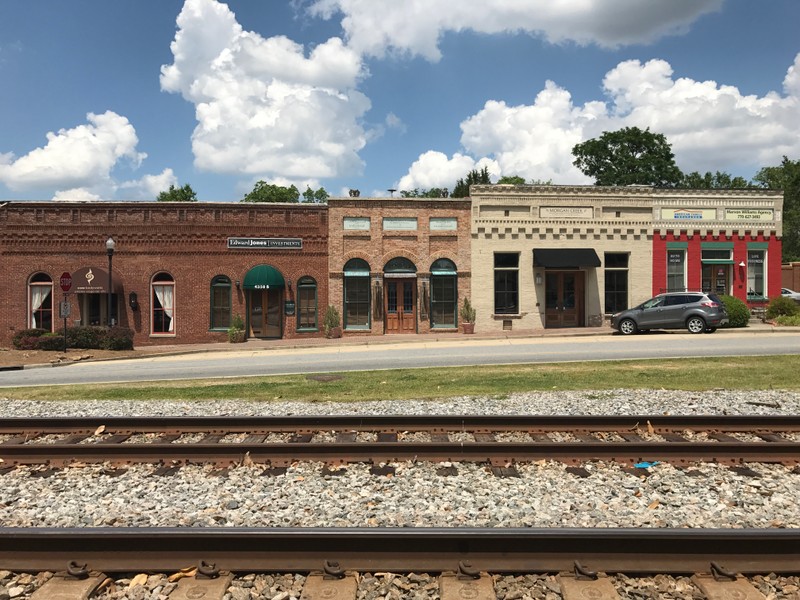
A present day photo of historic buildings along N. Main Street.
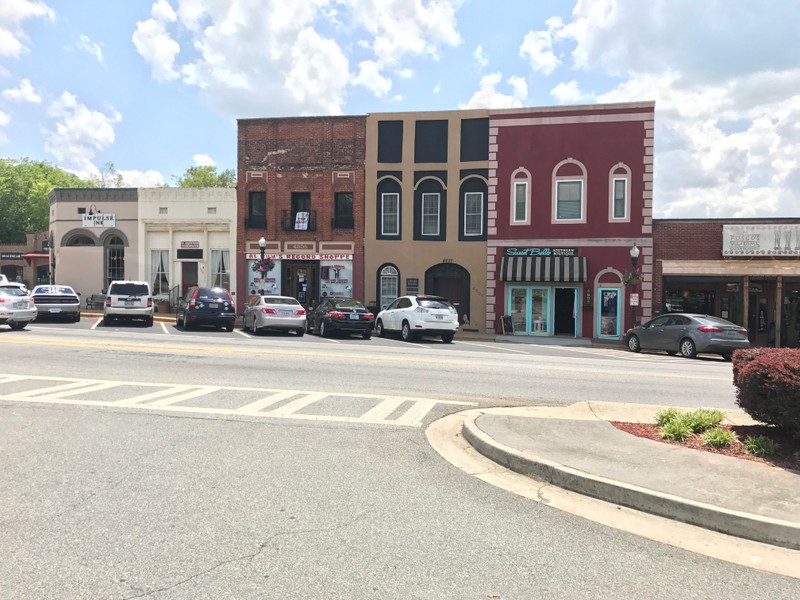
Pictured is Collins Funeral Home, the longest continuing building in Acworth.

Pictured is Acworth Presbyterian Church.

Pictured is Acworth Baptist Church.
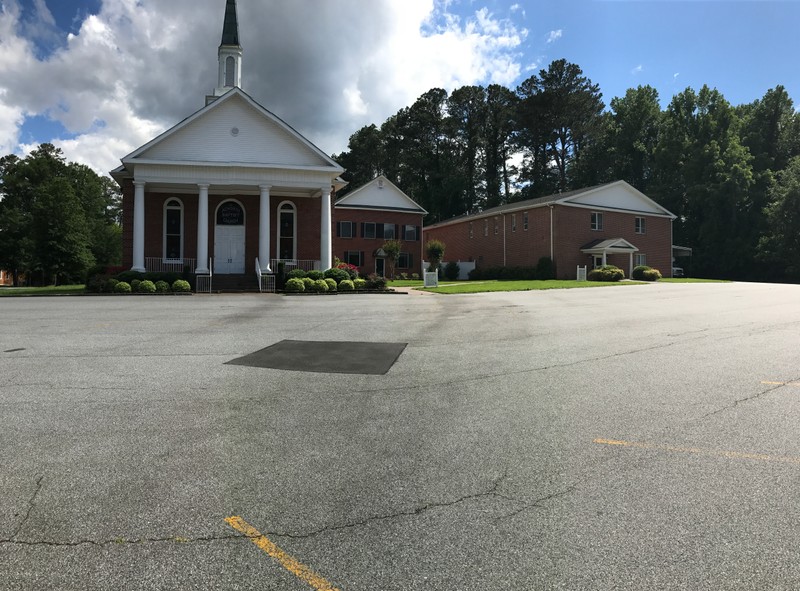
Photograph of signs of wear and tear on the old tapestry- weaving building where workers would sharpen their knives alongside the building.
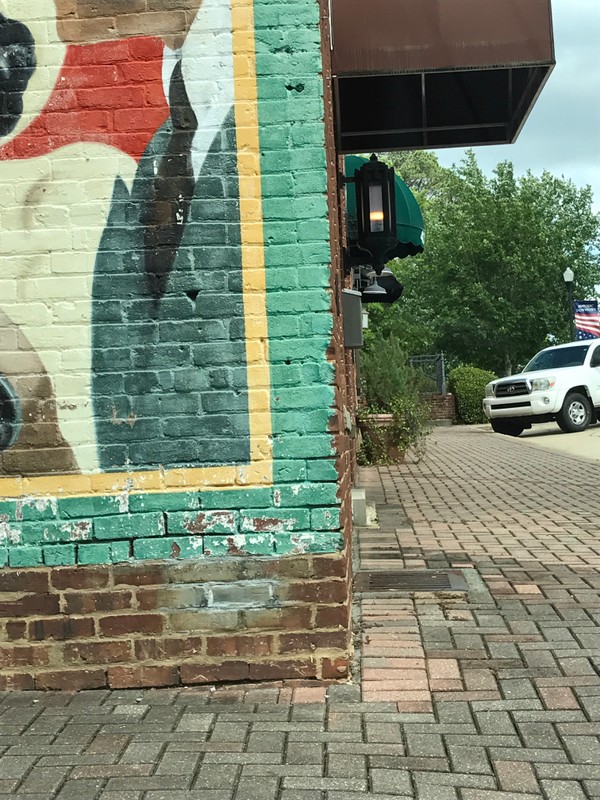
Pictured is Mt. Zion Church of Christ , known today as Acworth Christian Church.

Backstory and Context
Text-to-speech Audio
Acworth Downtown Historic District is a concise area of buildings that are significant in both structure and timeless elements. The historical properties that are the historic district are nine contributing structures, dating back as far as the 1850’s. These properties are (in order of construction): Lemon House (1856), Acworth Christian Church (1858), Zion Hill Baptist Church (1864), Bethel A.M.E. Church (1870’s), Acworth First Baptist Church (1872), Acworth Presbyterian Church (1875), Collins Funeral Home (1920’s), and Old Mill (1990’s). The ninth contributing structure of the Acworth Downtown Historic District is the set of businesses that line either side of the railroad track that runs along North Main Street.
Each property has its own story to tell. The Lemon House is a Carolina- style Plantation home with some modifications by choice of James Lile Lemon. It has been said that the house served as a resting place for Sherman in 1864 during the month of June. When Union troops set fire to Acworth that same year, the Lemon House was unscathed.
Acworth Christian Church is one of the five longest standing churches of Acworth and was originally named Mt. Zion Church of Christ.
Zion Hill Baptist Church began in 1864 but was relocated to its current spot in 1914.
Bethel A.M.E. Church was constructed with a Romanesque Revival design and had a later edition of bell towers added in 1895. This church has a close relationship to Zion Baptist Church and they often join services.
Acworth First Baptist Church was built in 1872 and much of the original structure is gone since its renovation in 1940. The congregation of the church, however, dates back to 1840.
Acworth Presbyterian Church was constructed on a plot of land that was donated by Smith Lemon, a banker of the area. This church is the oldest religious property in Acworth.
Collins Funeral Home was initially two individual homes that were built in the 1880’s. The business joined the two in the 1920’s by adding a connecting structure in the center of the two properties. This serves as the oldest business in Acworth that is still open.
The Old Mill is the oldest commercial structure in Acworth. It was originally used as a flourmill in the 1990’s then as a tapestry- weaving mill until is caught fire. The building is still used today for commercial purposes and has some small stains of its original use.
The Armstrong Building, built in 1904 is one of the best preserved and maintained historic buildings along North Main Street. It shows some cosmetic changes, but its mark of time lies within its foundation and structure. Compared the its neighbors, it is one of the oldest and most untainted structures around.
If you tour the historic district of downtown Acworth you will be sure to find many preserved homes and structures worthy of marvel. Acworth is a time capsule within itself and shows us all not only where we have come from but how ingenious architects could be with limited resources.
Sources
Design Guidelines. Accessed May 24,2017.
Historic Preservation Division, Georgia Department of Natural Resources : Acworth Dowtown Historic District
Historial Sites. 2016. Accessed May 24, 2017.
